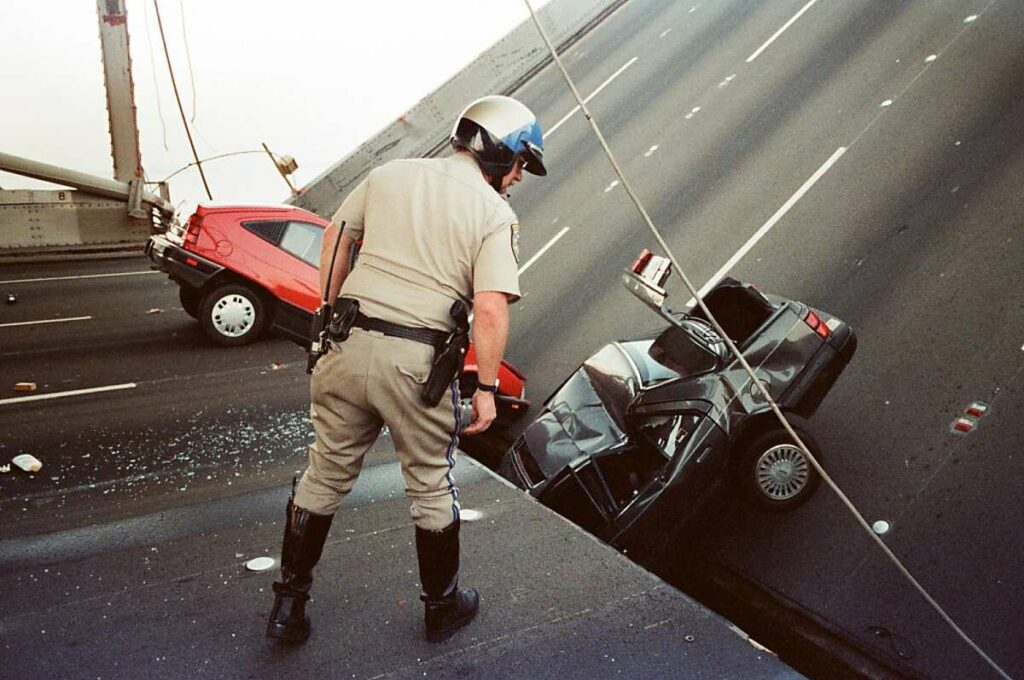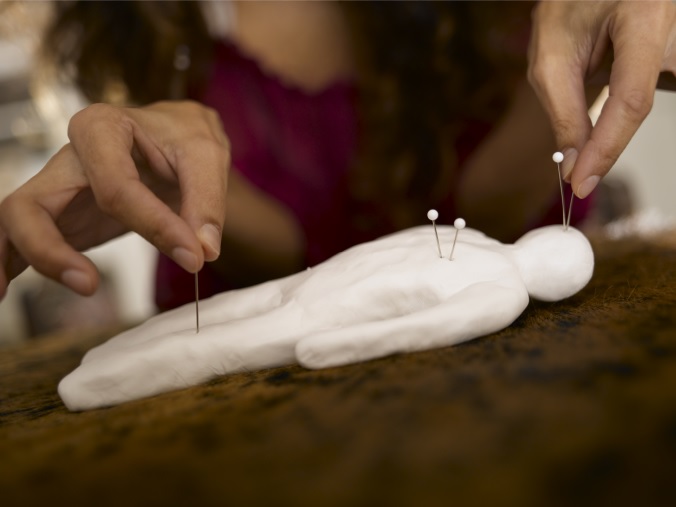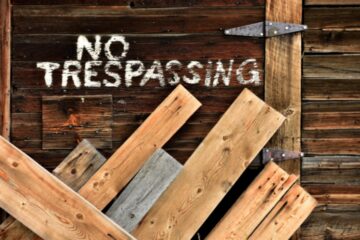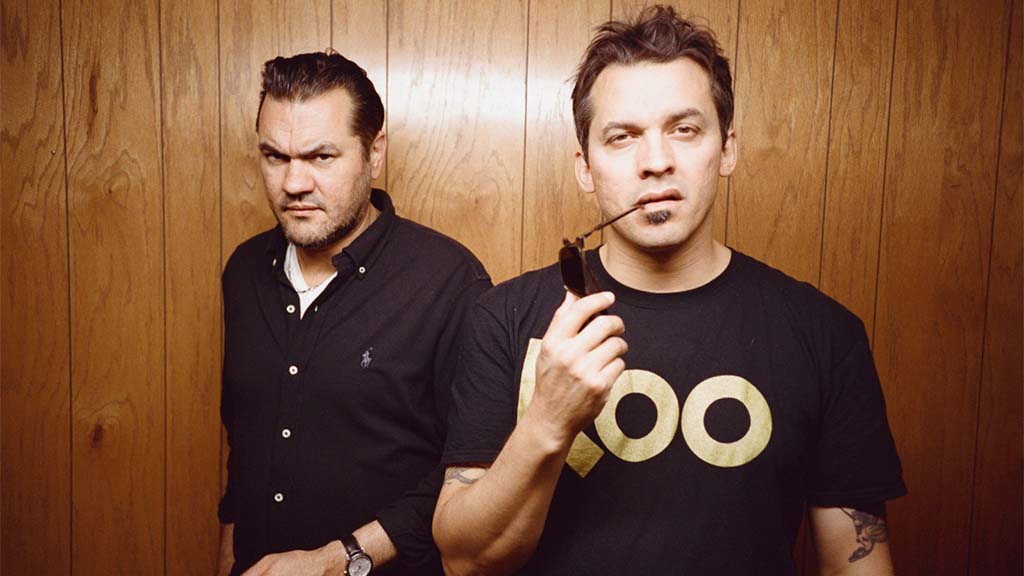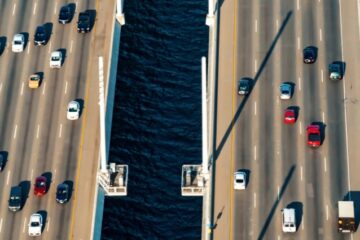Five Myths About the Loma Prieta Earthquake
You know about Loma Prieta whether you’re from here or not. It’s the World Series earthquake, the quake of ’89, the One that Brought Down the Bridge. The mark it left on the consciousness and infrastructure of Northern California cuts through scientific and social communities alike. There’s a reason we can’t stop talking about it. Thirty-three years later, it still marks one of the Bay Area’s most transformative moments.
Amid all that chaos however, fiction fused with truth, which lent the following myths a mask of credibility. Survivors of the powerful earthquake, cut off from contact and stunned by what they’d seen, believed hundreds were dead, that the San Andreas Fault had ruptured end-to-end. Now, with the dust settled and the derelict double-decker freeways torn down, some of those myths have found a new home in the generations born after the event.
#1: Loma Prieta was a Bay Area earthquake.
Since the well-known population centers of Oakland and San Francisco sustained serious damage, the thinking was this quake was local. Bay Area seismologists were among the first to know it wasn’t.
That’s because the epicenter was an hour south of San Francisco by car, deep in the Santa Cruz Mountains. The seismic energy took approximately thirty seconds to reach the city. By the time it got here, enough space had emerged between each wave to make them discernible. The long, rolling motions told scientists it wasn’t sharp enough to be localized.
“Many people think of Loma Prieta as a Bay Area earthquake,” said geophysics professor Dr. William Ellsworth. He was working in Menlo Park branch of the United States Geological Survey when the temblor struck. “[It] was more of a Monterey Bay earthquake, as the communities of Santa Cruz and Watsonville were heavily impacted by the event.”
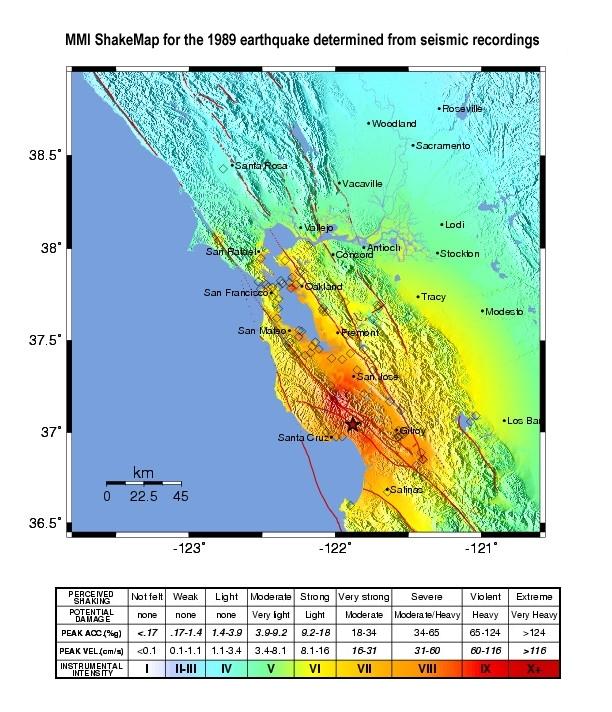
The epicenter was due east of Santa Cruz, where shaking was most intense. Sources/Usage: Public Domain.
#2: Psychics predicted it.
Oregonian Charlotte King swears she can tell you when an earthquake is coming. She can feel it. Pain in Ms. King’s body corresponds to quakes across the world. Aches along her left side point towards Japan; her ears, the Mediterranean, and her heart to Southern California or the Mexican Riviera. A bad back spells trouble for Idaho, Utah, or New Madrid, Missouri. She spends her days mapping her pain as it advances from mild to extreme and back.
Before her pain sets in, Charlotte King hears what she calls the Sound: a low-frequency groan from the guts of the Earth, inaudible to human ears. She likens her hearing to that of deep-sea whales, which communicate across oceans using similar frequencies. Ms. King blames the Sound for the unusually high number of whales that have beached themselves in recent years, potentially to flee the vibrations.
In July 1989, three months before Loma Prieta, multiple scientists locked onto a deep low-frequency signal pulsating from what would be the M6.9 earthquake’s hypocenter. When it hit that October, electrical engineer Anthony Fraser-Smith published a hypothesis that ultra-low frequency radio waves and quakes were connected. Could this and the Sound be one and the same?
Fraser-Smith enjoyed a spate of media attention, and the USGS began seriously considering ULF waves as precursors. Scientists weren’t swain for long though. Dr. Jeremy Thomas of the University of Washington uncovered a malfunction in the radio equipment that captured the data. The Fraser-Smith hypothesis was voided, and radio waves crossed off the list.
Most seismologists think earthquake prediction will never be possible, and yet significant earthquakes elsewhere in the world (Japan 1987, Armenia 1988) have followed similar ULF spikes. Until proven otherwise, the validity of King’s corporeal earthquake atlas and Fraser-Smith et al’s ULF hypothesis remains in the air.
#3: It proved the phenomenon of “earthquake weather.”
When the earth shook that October afternoon in 1989, the weather was warm, almost hot. Remember the term “Indian summer?” Until recently, it’s what people called the delayed summer-like heat that settles over the Bay Area from late September through October. Polite society is quietly phasing it out. Our chilly onshore breeze temporarily reverses, raking San Francisco with hot inland air.
A similar weather pattern sets up across Southern California this time of year, responsible for the Santa Ana winds. The Santa Anas always remind me of Joan Didion, how she bottled them without effort in 1968’s “Los Angeles Notebook.”
“The Pacific turned ominously glossy during a Santa Ana period. One woke in the night troubled not only by the peacocks screaming in the olive trees but by the eerie absence of surf. The heat was surreal. The sky had a yellow cast, the kind of light sometimes called ‘earthquake weather.’”
It was during one of those hot stretches of October that the M5.9 1987 Whittier Narrows earthquake occurred. Two years later around the same time, Loma Prieta rocked Northern California.
These two seismic events seemed to confirm the legitimacy of earthquake weather. In reality, it only reinforced the already-known fact that we look for patterns even where there are none. Earthquakes nucleate along a mostly flat fault plane miles below the surface, well beyond the reach of atmospheric weather. Coincidence can be terribly convincing.
It wasn’t always like this. Before heat and stillness, “earthquake weather” implied damp, cooler-than-usual conditions. It was cold and foggy the night of the deadly 1933 Long Beach earthquake.
#4: A carjacker was found crushed to death in his stolen vehicle when the earthquake collapsed the Cypress Viaduct.
Despite everything we’ve learned, earthquakes are largely still mysterious. That’s what makes it so easy to graft whatever you like onto their formless shape. Underground trade winds, Greek and Roman legends, karmic, even divine retribution. The legend goes:
“A man and his brother were going to the third game of the World Series on October 17th. The brother was taking his new car, a pure white Mercedes with gold trim. He’d bought it three days before. They get to the game, park the car, and head to the stands. The earthquake hits. Everyone cheers. The game is postponed; everybody goes to their cars. However, our two heroes can’t find theirs—it’s been stolen. They tell the insurance company and go on with their lives. A couple weeks later, the insurance company phoned back saying they’d found the car. In fact, they’d found the thief as well. He was in the car when they found it…in the Cypress Structure, crushed to six inches high.”
This literally did not happen. Snopes has an in-depth piece debunking the myth on their website. Still, it makes for a classic tale of just desserts. A story about being sympathetic towards a lifeless object and abandoning empathy for those who break the law? American as pie.
#5: Loma Prieta bought us more time.
This is perhaps the most dangerous misconception of the bunch. It’s believed that 1989’s earthquake “relieved stress” on the San Andreas Fault, like venting steam to keep a boiler from exploding. It sounds like the right idea on paper. Surely the earthquake reduced whatever tension had been hypothetically building towards an actual Big One.
Unfortunately the opposite is true, and no disrespect, but Loma Prieta was not a Big One. The 1906 earthquake struck San Francisco with ten times the strength, maybe more so. 1989 didn’t even occur on the San Andreas proper. It ruptured a branch instead, a thrust fault roughly twenty miles long, twelve miles below ground. The actual San Andreas hasn’t failed catastrophically in over one hundred years (one hundred and fifty in SoCal).
The Loma Prieta earthquake actually added stress to the San Andreas Fault system—measurably so on the Hayward Fault. Seismologist Dr. Lucy Jones, affectionately known in California as the “Earthquake Lady,” always says, “An earthquake makes more earthquakes likely.” Shockwaves from distant earthquakes can in fact trigger faults already on the precipice of failure, as witnessed in 1992. The Hayward Fault surpassed its average interval between major quakes in 2008. That it hasn’t happened as of the posting of this article is a miracle in itself.
It means, unlike the sixty-three people killed in Loma Prieta, you still have time to prepare and protect yourself. But who knows how much?


